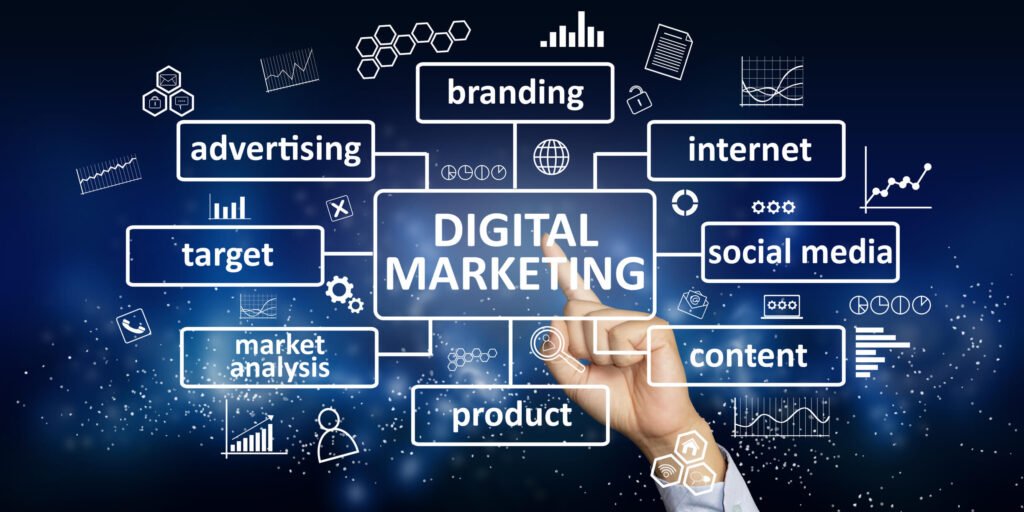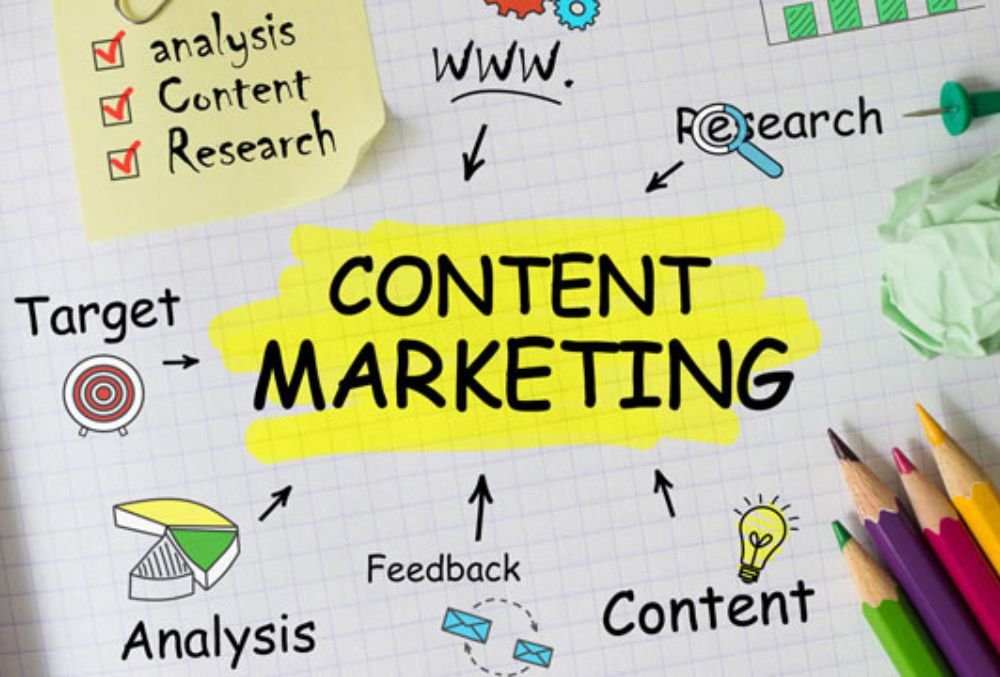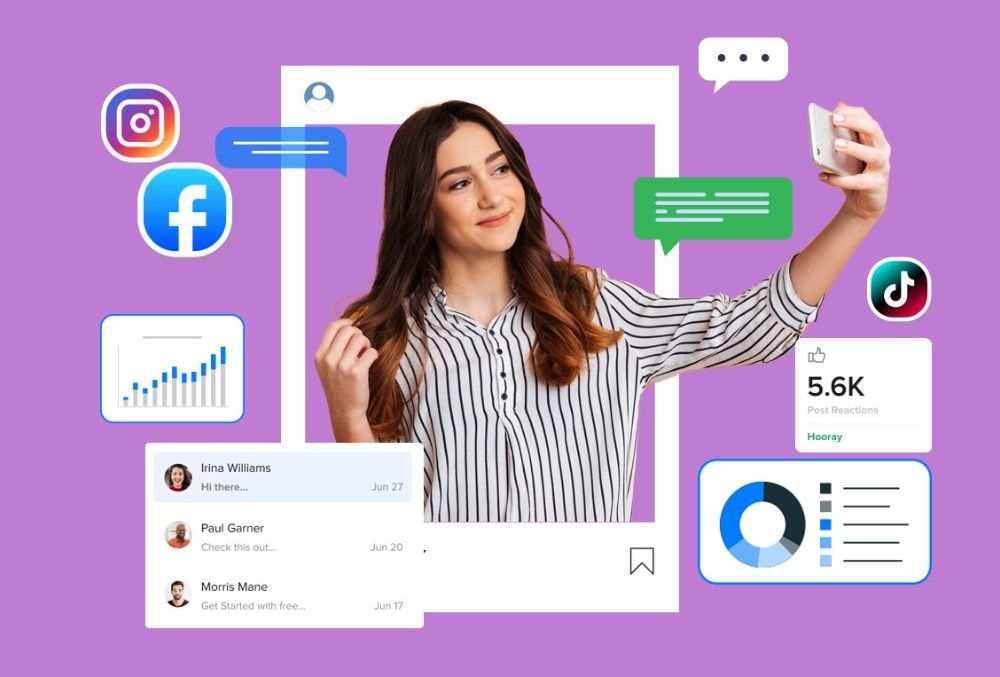
SEO and Digital Marketing
In today’s digital landscape, SEO (Search Engine Optimization) and digital marketing are two of the most vital components for businesses seeking to increase their online visibility, attract more customers, and drive sustainable growth. Understanding both is crucial for anyone wanting to establish a strong online presence. In this article, we’ll break down SEO and digital marketing, their significance, and how they work together to propel businesses to success.
Digital marketing is the use of online platforms, tools, and strategies to promote products, services, or brands. It includes various techniques such as social media marketing, search engine optimization (SEO), content marketing, email campaigns, and pay-per-click advertising. By leveraging data analytics and targeted campaigns, digital marketing helps businesses reach a global audience, increase engagement, and drive conversions.
Learn With BYS & Build Bright Future

Digital Marketing

ON-Page SEO

OFF-Page SEO

Content Marketing

Google Ads

Meta Ads Campaign
24 X 7 Expert Support
Certification for Course
What is SEO?
SEO, or Search Engine Optimization, is the practice of optimizing a website so that it ranks higher on search engine results pages (SERPs) for specific search queries. The goal of SEO is to drive organic (non-paid) traffic to a website by improving its visibility in search engines like Google, Bing, and Yahoo. When done correctly, SEO increases the chances that a website will be found by people actively searching for its products or services.
SEO involves various techniques, both on-page and off-page, aimed at making a website more attractive to search engines.
On-Page SEO includes elements directly within the website, such as:
Keyword Optimization: Using the right keywords within your website’s content, titles, meta descriptions, and URLs is essential. These keywords should match what people are searching for.
Content Quality: Providing high-quality, valuable content that answers users' questions or solves their problems will increase time on page and reduce bounce rates.
Site Structure & Navigation: A well-organized site structure and user-friendly navigation ensure that both search engines and users can easily find what they’re looking for.
Mobile Optimization: As mobile searches rise, ensuring your website is responsive and fast on mobile devices is paramount.
Page Speed: Search engines favor websites that load quickly, so optimizing images and code to enhance speed can improve rankings.
Off-Page SEO refers to activities outside your website that influence search engine rankings, including:
Backlinks: The number and quality of backlinks (links from other websites to your site) are a major ranking factor. High-quality backlinks from authoritative sites signal to search engines that your content is valuable and credible.
Social Signals: Although the direct impact of social media on SEO is debated, active engagement and sharing of content on social platforms can drive traffic and generate backlinks.
Brand Mentions: Even without backlinks, brand mentions across the web can have a positive impact on SEO by showing search engines that your brand is credible and recognized.
SEO is a long-term strategy, and results can take time to materialize. However, the benefits of consistent SEO efforts are immense: higher organic traffic, better user experience, and improved brand authority.

What is Digital Marketing?
Digital marketing is a broad term that encompasses all marketing efforts that use the internet or electronic devices. It includes various strategies and channels that companies leverage to connect with their audience, promote their products or services, and grow their businesses online.
Digital marketing strategies include:
Content Marketing: Creating and distributing valuable content (blogs, videos, podcasts, etc.) to attract and engage customers. Content marketing is often combined with SEO to increase organic reach.
Email Marketing: Sending personalized and relevant emails to a targeted group of people. Email marketing is an effective way to nurture leads, build relationships, and encourage repeat business.
Social Media Marketing: Using social platforms like Facebook, Instagram, Twitter, LinkedIn, and TikTok to build brand awareness, engage with followers, and drive website traffic.
Pay-Per-Click (PPC): Running paid ads (typically through Google Ads or Bing Ads) where businesses pay each time their ad is clicked. PPC allows for immediate visibility and targeting of specific keywords.
Affiliate Marketing: Partnering with affiliates (individuals or companies) who promote your product and earn a commission for every sale they generate.
Influencer Marketing: Collaborating with influencers who have a significant following in your niche. Influencers promote your product to their audience, which can significantly impact brand visibility and sales.
Digital marketing offers numerous advantages, including the ability to track performance in real-time, target specific audiences, and run cost-effective campaigns that can yield immediate results. By using a combination of these strategies, businesses can drive traffic, generate leads, and convert those leads into customers.
How SEO and Digital Marketing Work Together
While SEO and digital marketing can each be effective on their own, when combined, they create a powerful synergy that can help businesses achieve optimal online success.
Enhanced Content Strategy: Content marketing is at the heart of digital marketing, and effective SEO plays a crucial role in ensuring that the content reaches the intended audience. By conducting keyword research, digital marketers can understand what their audience is searching for and create optimized content that drives organic traffic.
Increased Visibility Through Organic and Paid Channels: SEO focuses on driving organic traffic, while PPC (Pay-Per-Click) advertising focuses on paid traffic. Using both strategies together maximizes visibility and can drive more qualified traffic to a website. For instance, PPC ads can get your business in front of users right away, while SEO efforts gradually help you rank higher for long-term, sustainable traffic.
Higher ROI: Integrating SEO with other digital marketing strategies, such as social media or email marketing, helps improve the overall return on investment (ROI). Since SEO focuses on organic reach, it is one of the most cost-effective long-term digital marketing strategies. Combining it with paid strategies can balance immediate and long-term returns.
Cross-Channel Insights: By analyzing data from both SEO and digital marketing campaigns, businesses can gain valuable insights into their audience’s preferences and behavior. This allows for better targeting and improved decision-making in future campaigns.
Building Authority and Trust: Strong SEO practices lead to better rankings, which enhance your brand’s credibility and trust with both users and search engines. Digital marketing efforts, especially influencer and social media marketing, can amplify this trust by showcasing authentic user experiences and testimonials.
What Our Students Are Saying


Enroll Now and Shape Your Future
At Bhartiya Yuva Sabha, we are passionate about developing the next generation of AI professionals. If you are ready to take your skills to the next level and open doors to new opportunities, enroll today and join a community of learners dedicated to advancing in the world of AI.
Steps to Enroll:
1. Choose your course from the list above.
2. Fill out the application form.
3. Pay the registration fee.
4. Start learning and growing with Bhartiya Yuva Sabha!
Join BYS for a Better Life and Future
Our Global Presence
Frequently Asked Questions
What is the difference between SEO and digital marketing?
Digital Marketing, on the other hand, is a broad term that encompasses all online marketing strategies, including SEO, content marketing, social media marketing, email marketing, PPC, and more. While SEO is a key part of digital marketing, digital marketing includes many other strategies to promote and grow a business online.




